Taking the local flower industry as starting point, the proposal «Rise.Raise.Rose.» illustrates a strategy that considers the Kenyan town’s economic development, environmental potentials as well as the locals’ social needs. The spatial planning strategy facilitates the local economic development, in the context of the rising pressure of the global market of flower farming, which is the backbone of Naivasha’s economy.
The monopoly of the large flower industries has lead to the high dependency of the local inhabitants on the industry for employment. The poor working conditions of workers and the lack of alternate sources of employment is compelling the local people to indulge in destructive and illegal activities like deforestation, overfishing, etc. This is causing further damage to the environment.
After an in-depth analysis of the impact of the flower industry through scales, the proposal consists of three main strategies, which provide an alternate economic opportunity for the local inhabitants to mitigate the monopoly of the flower industry and tackle the local environmental issues.
Constructed wetlands: The constructed wetland are planted terraces, which have different functions. The first two terraces have plants, which naturally filter the water and also provide biomass for the production of bio-bricks. The lower terrace is used for cultivation of fish, which further filters the water. The constructed embankments of the terraces are constructed with the bio-bricks and provide public access to the lake. Besides the filtration and protection of the waterfront, the designed edge provides recreational spaces for the local inhabitants as well as tourists.
Bio-brick production: The abundant source of biomass provides a potential for a new type of construction material, bio-brick. The main ingredients of the bio-brick are the decomposed biomass from the industry and wetlands and the mycelium of the mushrooms, readily available in wet areas. The bio-brick production industry also doubles up as space for local markets and recreational spaces for the locals and tourists. It is the culmination of productive landscape and urban environment to create urban vitality and improving the quality of life.
House of ladybugs: The intention of this intervention is to reduce the dependence of the flower industry on chemical pesticides. The most common pest on the rose plant, the red spider mite or Tetranychus urticae is the prey for the predatory mite, here the ladybug or Coccinellidae, keeping it safe. The host plant chosen in this case is the yarrow plant or Achillea millefolium, which attracts the ladybug by providing the pollen on the yarrow flower. The yarrow plant, native to Africa, has medicinal values and can be cultivated for economic benefits. It can be grown in farms as an outdoor extension to the existing small flower farms, which could enhance the spatial quality of the working environment.
Project title: RAISE.RISE.ROSE.- Diversifying Naivasha’s local economy through circularity.
University: Delft University of Technology – Master of Science in Architecture, Urbanism and Building Sciences – Track Urbanism
Competition by: (UN-Habitat)
Students (from left to right): Lilla Szilagyi (HU), Alkmini Papaioannou (GR), Wenchi Yang (CN), Nikita Baliga (IN), Wahyu Pratomo Hariyono (ID)
Τον Ιανουάριο του 2016, τα Ηνωμένα Έθνη οργάνωσαν έναν διεθνή σχεδιαστικό διαγωνισμό, σε συνεργασία με τις Αρχές Αστικής Ανάπτυξης στην Κένυα, με σκοπό να ενισχύσει τη τελική μορφή ενός Ολοκληρωμένου Σχεδίου Αστικής Ανάπτυξης (ISUDP) για 9 πόλεις στην Κένυα (Embu, Kitui, Machakos, Malindi, Mombasa, Naivasha, Nakuru, Niyeri, Thika). Η νικητήρια πρόταση για την πόλη της Naivasha σχεδιάστηκε από μια ομάδα φοιτητών του Πανεπιστημίου του Delft (Lilla Szilagyi-HU, Αλκμήνη Παπαϊωάννου-GR, Wenchi Yang-CN, Nikita Baliga-IN, Wahyu Pratomo Hariyono-ID). Βραβεύθηκε επίσης με Ειδικό Έπαινο στο σύνολο όλου του διαγωνισμού, τον Ιούνιο του 2016 στα Κεντρικά Γραφεία των Ηνωμένων Εθνών στο Ναϊρόμπι, Κένυα και από τις 17 ως τις 21 Οκτωβρίου ταξίδεψε στο Κίτο του Εκουαδόρ για το Διεθνές Συνέδριο Habitat III. Δείτε όλους τους νικητές εδώ.
Έχοντας την τοπική βιομηχανία λουλουδιών σαν αφετηρία, η πρόταση «Rise.Raise.Rose.» σχεδιάζει μία στρατηγική που ασχολείται με την οικονομική ανάπτυξη της πόλης, τις περιβαλλοντικές της προοπτικές και τις τοπικές κοινωνικές ανάγκες. Η χωρική αυτή στρατηγική βάζει την τοπική οικονομική ανάπτυξη στα πλαίσια της αυξανόμενης πίεσης της παγκόσμιας αγοράς των λουλουδιών, η οποία είναι και η κυριότερη οικονομική δραστηριότητα της πόλης.
Το μονοπώλιο των μεγάλων βιομηχανιών λουλουδιών έχει οδηγήσει τους κατοίκους να εξαρτώνται από αυτήν σχεδόν εξ ολοκλήρου για την εύρεση εργασίας. Οι κακές συνθήκες εργασίας των εργαζομένων και η έλλειψη εναλλακτικών πηγών απασχόλησης αναγκάζουν τους κατοίκους της περιοχής για να επιδοθούν σε καταστροφικές και παράνομες δραστηριότητες, όπως η αποψίλωση των δασών, η υπεραλίευση κ.λπ. Αυτό προκαλεί περαιτέρω ζημία στο περιβάλλον.
Μετά από μία ανάλυση σε βάθος για τις επιπτώσεις αυτής της βιομηχανίας, μέσα από όλες τις κλίμακες, η τελική πρόταση αποτελείται από τρεις κύριες στρατηγικές, οι οποίες αποτελούν μία εναλλακτική οικονομική ευκαιρία για τους κατοίκους της περιοχής ώστε να μετριάσουν το μονοπώλιο της βιομηχανίας των λουλουδιών και να αντιμετωπίσουν τα τοπικά περιβαλλοντικά ζητήματα.
Τεχνητοί Υγρότοποι (Constructed Wetlands): Οι τεχνητοί υγρότοποι είναι φυτεμένα επίπεδα, που έχουν διαφορετικές χρήσεις. Τα πρώτα δύο επίπεδα έχουν φύτευση, που φιλτράρει φυσικά το νερό και παρέχει βιομάζα για την Παρασκευή των «bio-bricks». Το χαμηλότερο επίπεδο χρησιμοποιείται για ιχθυοκαλλιέργεια και περεταίρω φιλτράρισμα του νερού. Τα κατασκευασμένα αναχώματα των επιπέδων αυτών αποτελούνται και τα ίδια από «bio-bricks» και παρέχουν ελεύθερη πρόσβαση στη λίμνη. Εκτός από το φιλτράρισμα και την προστασία της παραλίμνιας περιοχής, οι σχεδιασμένες όχθες παρέχουν χώρους αναψυχής τόσο για τους ντόπιους όσο και για τους τουρίστες.
Παραγωγή «bio-brick» (Bio-brick production): Η άφθονη πηγή βιομάζας παρέχει τη δυνατότητα για ένα νέο τύπο κατασκευής, τα «bio-τούβλα». Τα βασικά συστατικά τους είναι η βιομάζα των βιομηχανιών και των υγροτόπων, στα στάδια αποσύνθεσης και συγκεκριμένα συστατικά μανιταριών (μυκήλιο), άμεσα διαθέσημα σε υγρές περιοχές. Η βιομηχανία παραγωγής των bio-brick επίσης διπλασιάζει το χώρο των τοπικών αγορών και των χώρων αναψυχής τόσο για τους ντόπιους όσο και για τους τουρίστες. Είναι το αποκορύφωμα της παραγωγικής δυνατότητας του φυσικού και αστικού περιβάλλοντος για τη δημιουργία αστικής ζωτικότητας και τη βελτίωση της ποιότητας της ζωής.
Το σπίτι με τις πασχαλίτσες (House of ladybugs): Η πρόθεση αυτής της παρέμβασης είναι να μειώσει τη εξάρτηση της λουλουδο-βιομηχανίας στα χημικά φυτοφάρμακα. Το πιο κοινό ζιζάνιο για τα τριαντάφυλλα είναι το ακάριο Τετρανύχων ή αλλιώς Tetranychus urticae, το οποίο είναι και η λεία του ακάριου Coccinellidae, ή αλλιώς Πασχαλίτσα. Το φυτό που επιλέχθηκε εδώ είναι η Αχίλλεια (Achillea millefolium), η οποία έλκει τις πασχαλίτσες παρέχοντάς τους τη γύρη της. Η Αχίλλεια ευδοκιμεί στην Αφρική, έχει μεγάλη ιατρική αξία και μπορεί να καλλιεργηθεί και για οικονομική εκμετάλλευση. Μπορεί να μεγαλώσει σε φάρμες ως μία εξωτερική προσθήκη και να εμπλουτίσει το εργασιακό περιβάλλον.
Στοιχεία εργασίας:
Τίτλος εργασίας – Διαγωνισμός: RAISE.RISE.ROSE.- Diversifying Naivasha’s local economy through circularity.
Σχολή: Delft University of Technology – Master of Science in Architecture, Urbanism and Building Sciences – Track Urbanism
Διαγωνισμός: Ηνωμένα Έθνη (UN-Habitat)
Φοιτητές (από αριστερά προς τα δεξιά): Lilla Szilagyi (HU), Αλκμήνη Παπαϊωάννου (GR), Wenchi Yang (CN), Nikita Baliga (IN), Wahyu Pratomo Hariyono (ID)
All copyrights belong to UN-Habitat
 RAISE.RISE.ROSE.- DIVERSIFYING NAIVASHA?S LOCAL ECONOMY THROUGH CIRCULARITY.
RAISE.RISE.ROSE.- DIVERSIFYING NAIVASHA?S LOCAL ECONOMY THROUGH CIRCULARITY. RAISE.RISE.ROSE.- DIVERSIFYING NAIVASHA?S LOCAL ECONOMY THROUGH CIRCULARITY.
RAISE.RISE.ROSE.- DIVERSIFYING NAIVASHA?S LOCAL ECONOMY THROUGH CIRCULARITY. RAISE.RISE.ROSE.- DIVERSIFYING NAIVASHA?S LOCAL ECONOMY THROUGH CIRCULARITY.
RAISE.RISE.ROSE.- DIVERSIFYING NAIVASHA?S LOCAL ECONOMY THROUGH CIRCULARITY.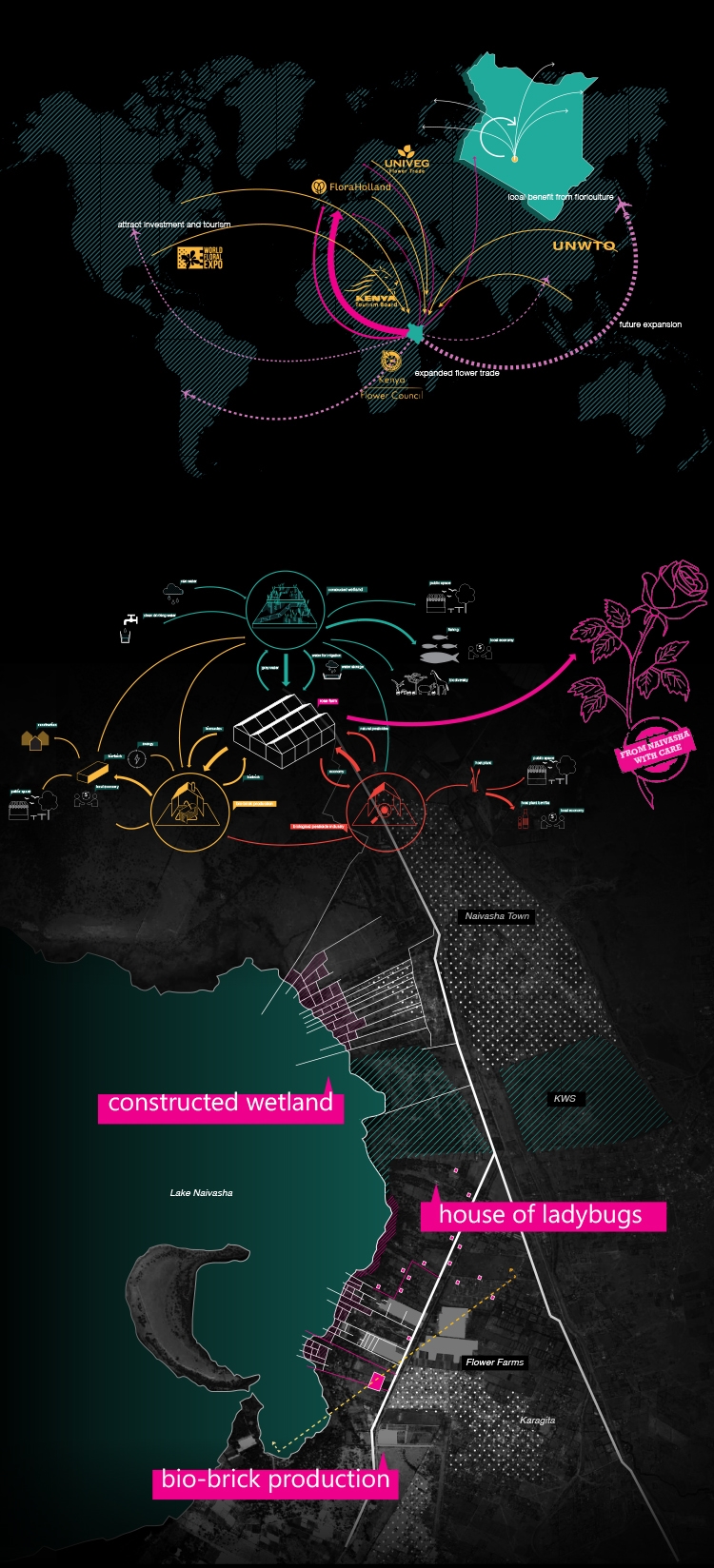 RAISE.RISE.ROSE.- DIVERSIFYING NAIVASHA?S LOCAL ECONOMY THROUGH CIRCULARITY.
RAISE.RISE.ROSE.- DIVERSIFYING NAIVASHA?S LOCAL ECONOMY THROUGH CIRCULARITY.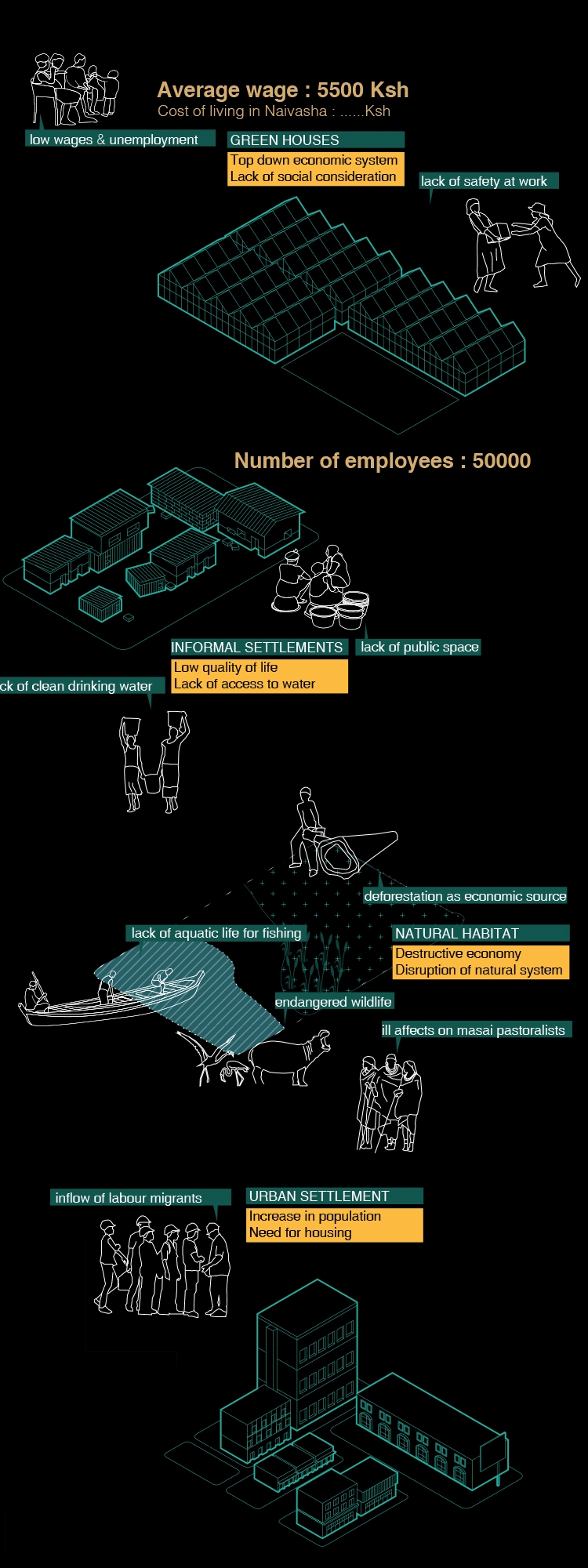 RAISE.RISE.ROSE.- DIVERSIFYING NAIVASHA?S LOCAL ECONOMY THROUGH CIRCULARITY.
RAISE.RISE.ROSE.- DIVERSIFYING NAIVASHA?S LOCAL ECONOMY THROUGH CIRCULARITY.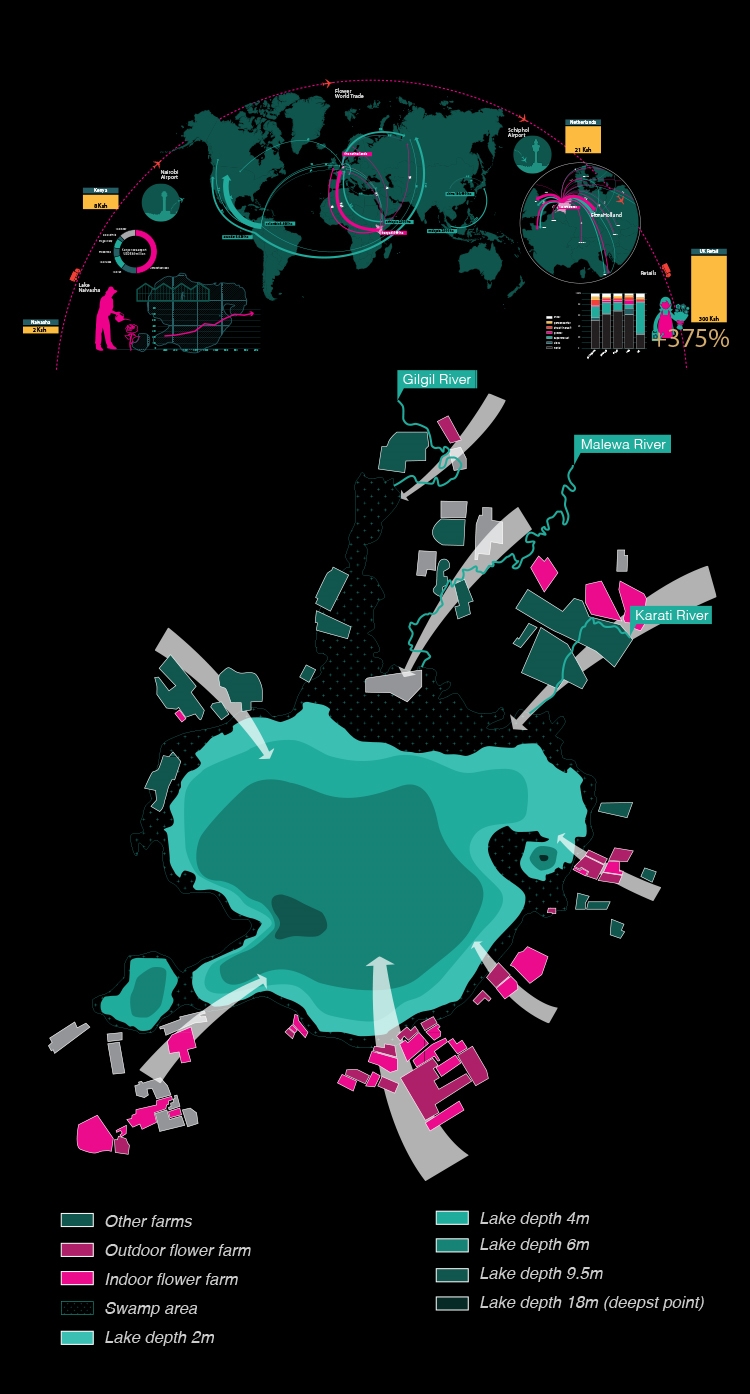 RAISE.RISE.ROSE.- DIVERSIFYING NAIVASHA?S LOCAL ECONOMY THROUGH CIRCULARITY.
RAISE.RISE.ROSE.- DIVERSIFYING NAIVASHA?S LOCAL ECONOMY THROUGH CIRCULARITY.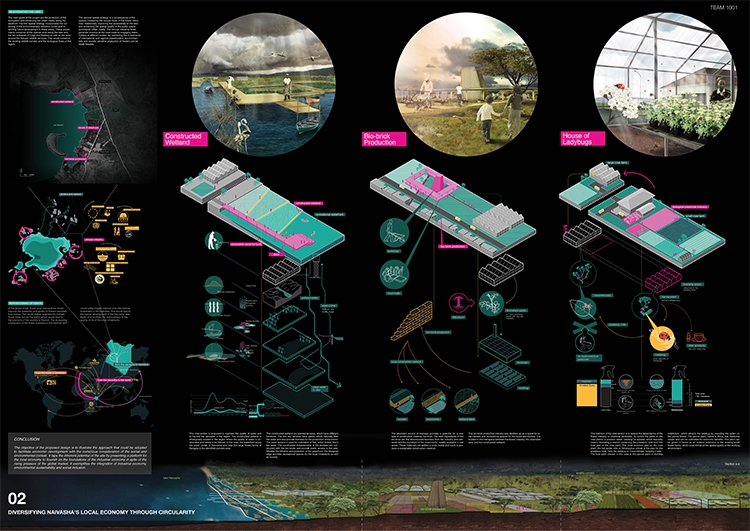 RAISE.RISE.ROSE.- DIVERSIFYING NAIVASHA?S LOCAL ECONOMY THROUGH CIRCULARITY.
RAISE.RISE.ROSE.- DIVERSIFYING NAIVASHA?S LOCAL ECONOMY THROUGH CIRCULARITY.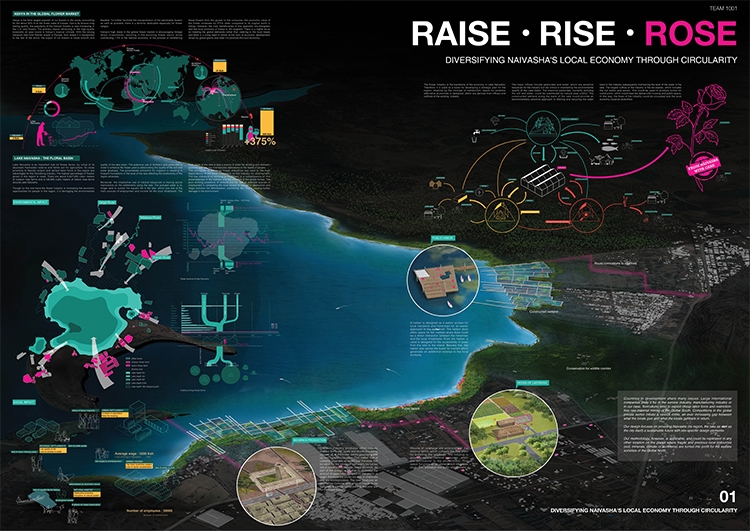 RAISE.RISE.ROSE.- DIVERSIFYING NAIVASHA?S LOCAL ECONOMY THROUGH CIRCULARITY.
RAISE.RISE.ROSE.- DIVERSIFYING NAIVASHA?S LOCAL ECONOMY THROUGH CIRCULARITY.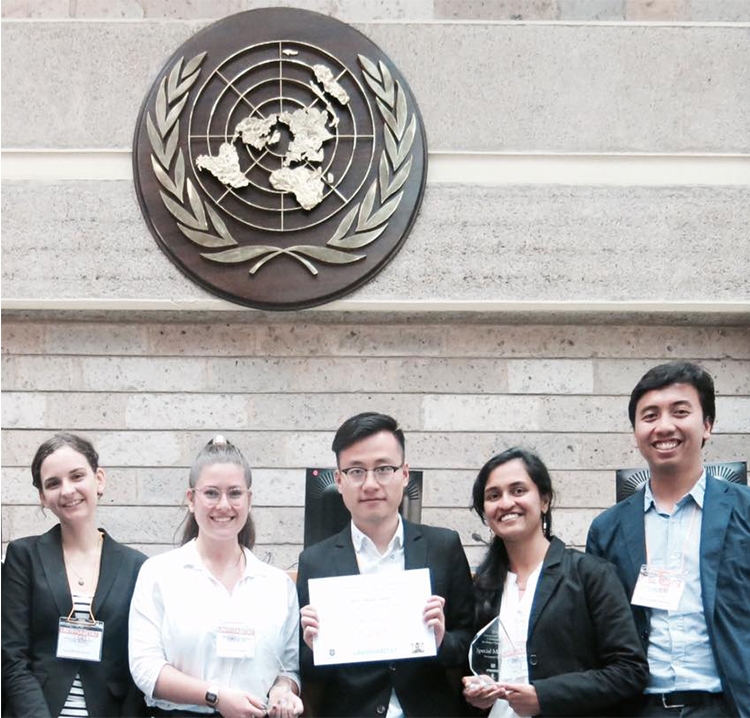 RAISE.RISE.ROSE.- DIVERSIFYING NAIVASHA?S LOCAL ECONOMY THROUGH CIRCULARITY.
RAISE.RISE.ROSE.- DIVERSIFYING NAIVASHA?S LOCAL ECONOMY THROUGH CIRCULARITY.READ ALSO: NTUA Student Team Receives an Honourable Mention in European Architecture Medals for the project "Sub_Zero - Life Beyond Parking"